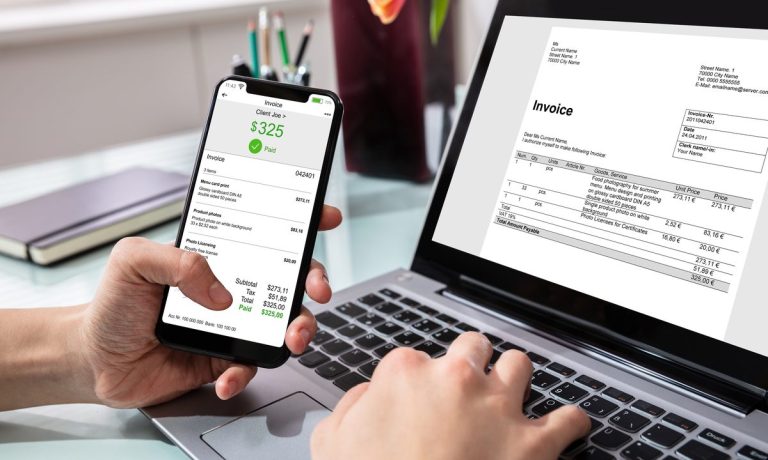7 in 10 Microbusinesses Cite Link Between Instant Payouts and Loyalty

As businesses have turned to online channels during the pandemic, swift digital disbursements have become increasingly important. Companies, particularly small- to medium-sized businesses (SMBs), are constantly on the hunt for financial tools that can help them keep their cash flowing.
It’s no surprise, then, that 67% of microbusinesses — those with fewer than 10 employees — say they would be more loyal to payors that offered them free instant payment features, according to the Disbursements Tracker, a PYMNTS and Ingo Money collaboration.
Get the report: Disbursements Tracker
That’s especially true with certain types of disbursements. For example, 74% of microbusinesses said they would be more likely to do business if offered free disbursements that were product purchase-related, 72% said that of investment accounts, 71% said it of insurance and loans, and 68% said it of income and earnings.
Slower Disbursement Methods Frustrate Microbusinesses
The pandemic has highlighted not only the importance of instant payments but also their absence. Businesses have expressed growing frustration with slower disbursement methods under the pandemic’s pressures, as evidenced by a decline in the use of paper-based methods and a surge of interest in digital and real-time alternatives.
In fact, while 67% of microbusinesses are likely to continue business relationships based on the availability of disbursements available as instant payments without fees, much smaller percentages say that of relationships based on other disbursement types. Microbusinesses’ likelihood of continuing business relationships is only 14% for check only, 23% for direct deposit in three to five days and 31% for multiple options, excluding instant payments.
Some Payors Must Overcome Challenges to Enable Instant Payments
There are still challenges that some payors must overcome to enable smooth instant payments. Many still rely on outdated legacy infrastructures, creating a gap between their desire to offer instant payments and their ability to do so. Payors must narrow this gap if they wish to meet customers’ expectations for faster disbursements.
One problem is that instant payment features are often tailored for one company’s users but not another’s, as in the example of mobile wallets. For example, Apple Card grants the instant pay feature only to Apple Cash users. This inflexibility makes collaboration difficult among payors and financial entities and slows down the payments process for users.
“With the pandemic putting increased financial pressure on Americans, especially on SMBs [that] are actively searching for tools to help manage their cash flow, tying instant offerings to specific accounts or wallets becomes a major roadblock to adoption,” Ingo Money CEO Drew Edwards told PYMNTS.
Payment Providers, Financial Institutions Must Keep Money Moving
Addressing these gaps will be essential to supporting instant payments’ growth. Payment providers and financial institutions will need to work closely to determine exactly how they can weave their approaches together to present one cohesive option for clients and keep money moving at the speeds expected in the shifting payments landscape.
“Bringing instant payments to ubiquity and finally killing the check will require banks and businesses to put as many options on the table as possible and let customers’ preferences be their ‘North Star,’” Edwards said.